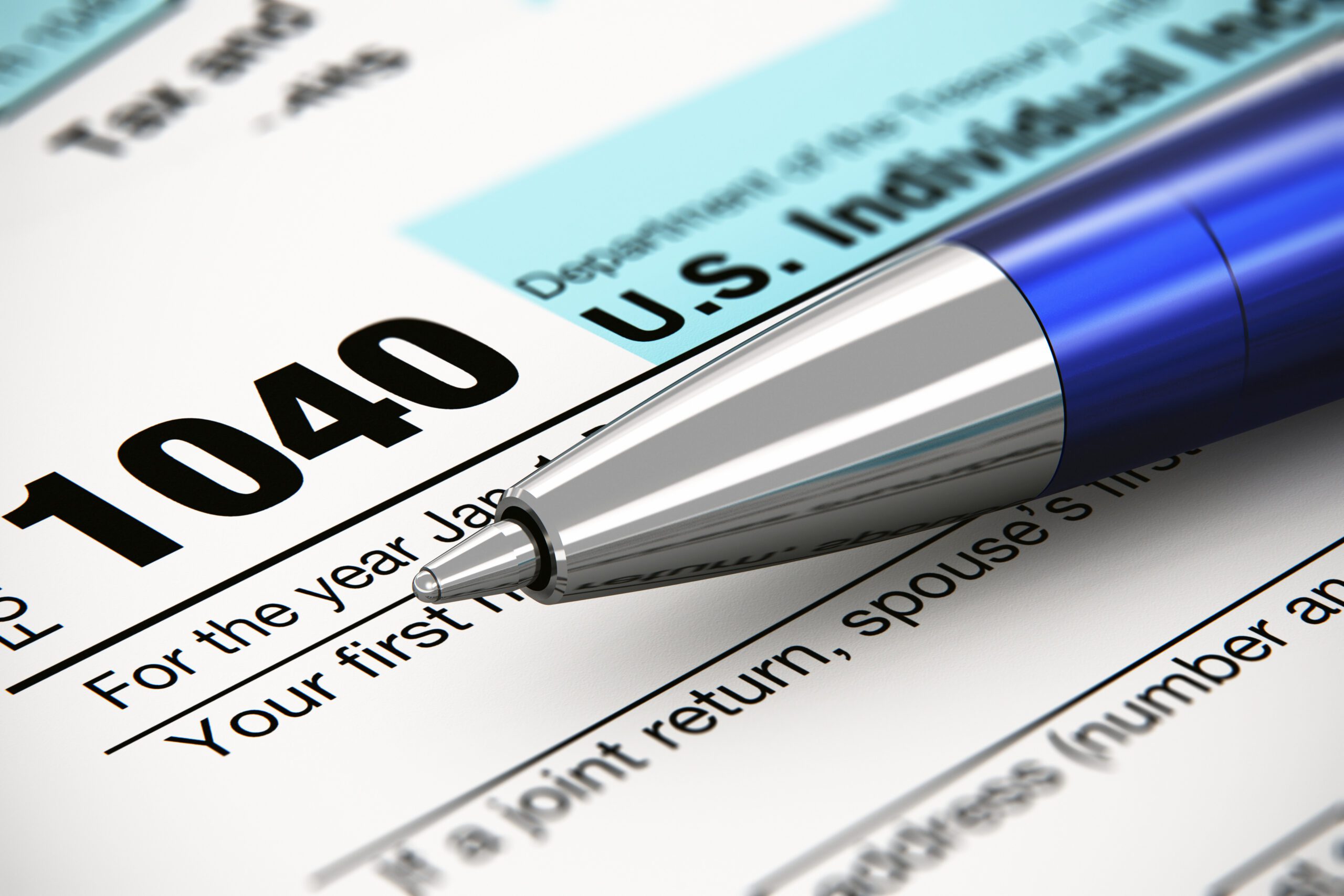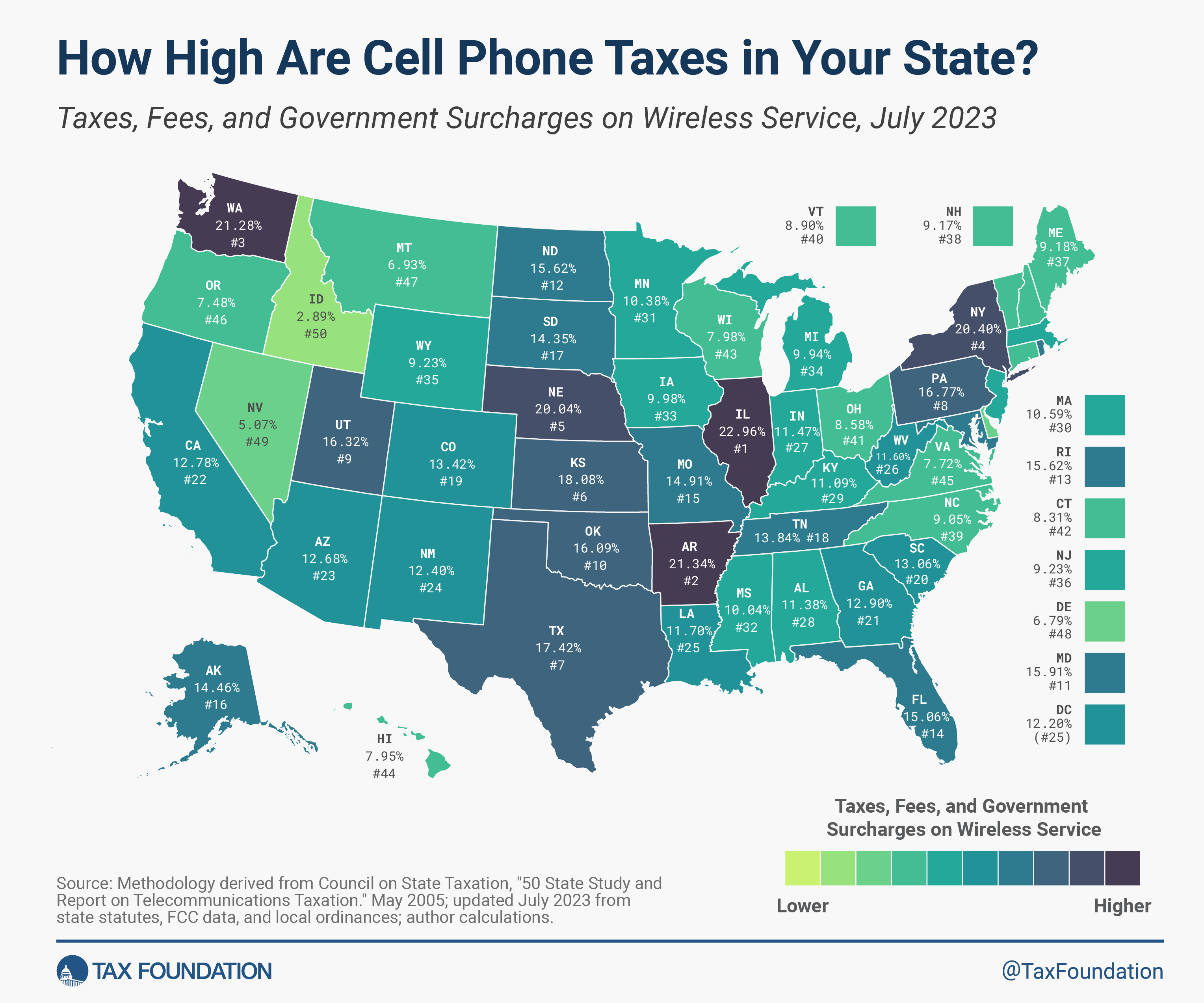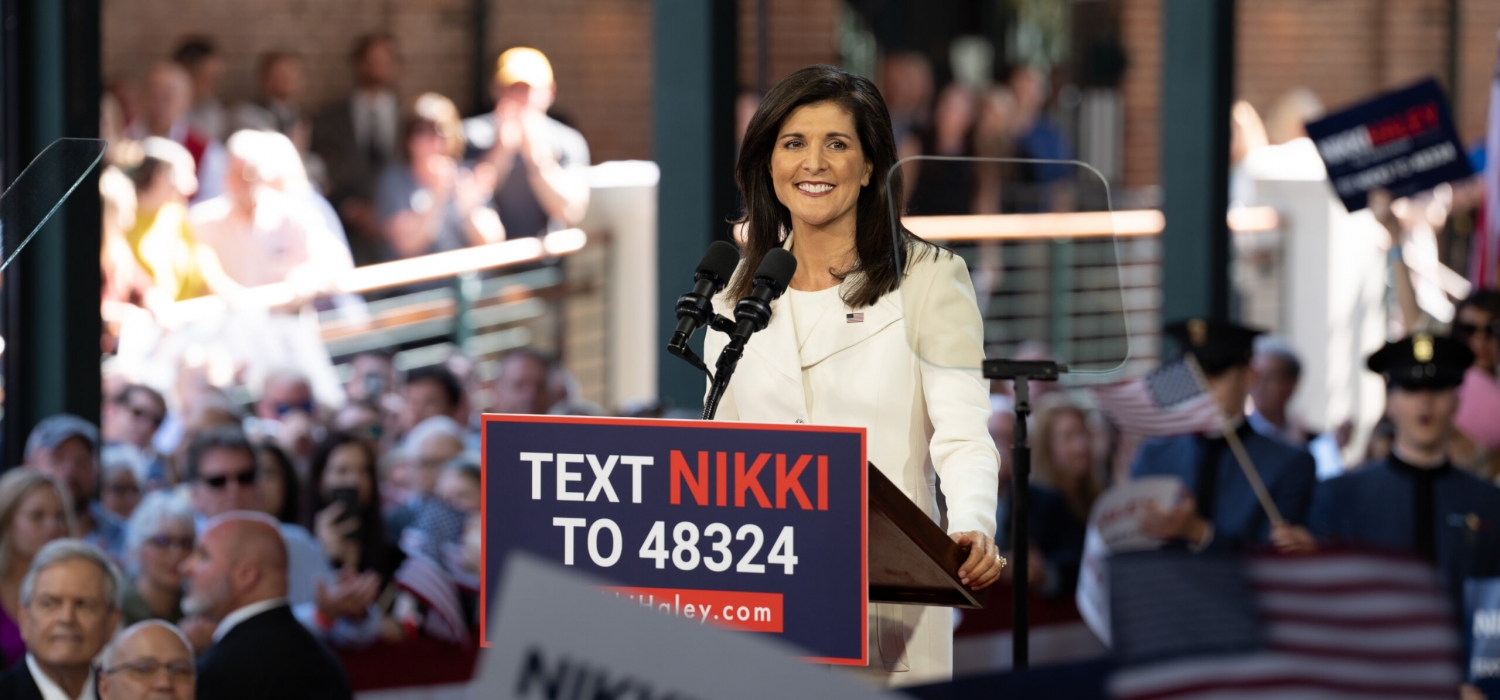Five questions about Kamala Harris’s tax agenda
This includes how a President Harris would approach tax and fiscal policy. As my TPC colleague Howard Gleckman notes, Harris used the tax code frequently to achieve her policy objectives as a US senator and 2020 presidential candidate. Although her record points to ways she could diverge from Joe Biden on economic policies, Harris has already affirmed her support for one key Biden tax principle: No tax increases for families earning under $400,000.
What about other big picture tax questions? Let’s look at the options.
If Harris is not planning to raise taxes on individuals who earn less than $400,000, would she consider raising other taxes to fund her programs? About 95 percent of tax filers earn less than $400,000. Harris could raise corporate income taxes and taxes on capital gains, which are largely paid by the highest earners. Harris might seek more revenue to pay for spending programs by raising corporate income taxes and taxes on capital gains, which are largely paid by the highest earners.
Would Harris extend some or all of the 2017 Tax Cuts and Jobs Act provisions expiring in 2025?
Many aspects of individual income and estate taxes are set to revert to pre-2018 law next year. Taxpayers will see higher individual tax rates and a shift in tax benefits to families if Congress does not act. They will also see a smaller standard deduction, while other itemized deductions are increasing.
If the provisions expire and other business tax increases take effect, approximately 75 percent of households’ taxes will increase. If the TCJA was made permanent, rather than allowed to expire, about 10 percent of households could expect higher taxes. The remaining 15 percent of taxpayers would pay about the same amount either way. As a 2020 presidential nominee and US Senator, Harris introduced the LIFT Act (Livable incomes for Families Now) which would provide a subsidy to low-income workers on top of Earned Income tax Credit. She cosponsored Child Tax Credit expansions, such as those in the American Rescue Plan. As vice president, she continued to support ARPA’s CTC. She also proposed tax credits for renters in the 2020 campaign and recently announced she would revive Biden’s “care economy” agenda, though without specifying if that would involve tax policy.
Harris might use tax policy to address a wide variety of social policy issues, and if so, would need to design overlapping tax credits that work together.
Would Harris continue Biden’s use of tariffs?
Prior to 2016, successive presidents of both major political parties encouraged international trade. In 2018, the Trump administration increased tariffs on China to reduce the US’s trade deficit. The Biden administration didn’t lower these tariffs and in 2024 they raised them again on a number of goods, including steel, aluminum and semiconductors as well as electric vehicle and battery technology, claiming unfair trade practices. Harris could retain the 2017 tariffs and 2024 tariffs or raise tariffs on other goods and countries, both as foreign policy and to support domestic jobs and manufacturers.
Will Harris protect the IRS from budget cuts?
In the 2022 Inflation Reduction Act (IRA), Congress invested $80 billion in the IRS over the next decade–reversing a history of deep cuts while aiming to align the agency with ever-advancing technology. Because Congress clawed over 25 percent of these funds back and frozen IRS appropriations to run regular operations, the IRS had to withdraw some IRA funds sooner than anticipated. This means that IRA taxpayer service and modernization funds will also be depleted earlier than expected. Harris could support restoring the rescinded funds, releasing IRS appropriations, continuing IRA investment beyond 2031–or all the above.
November 5 is around the corner, leaving little time for detailed policy proposals. Harris could begin by answering these questions about her tax plan.






